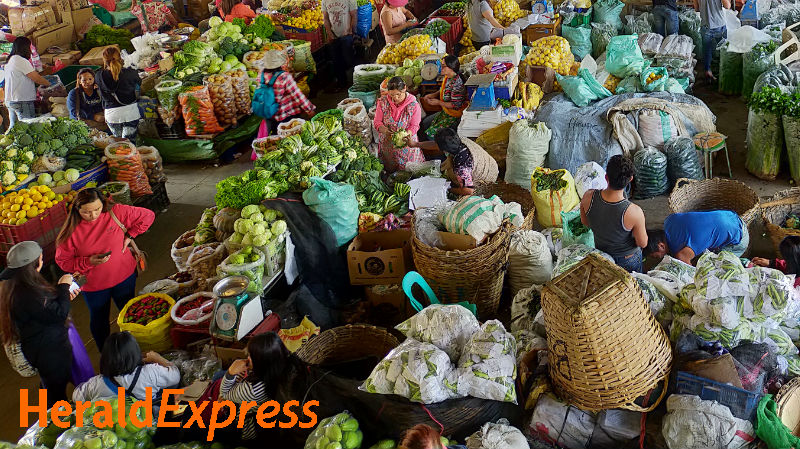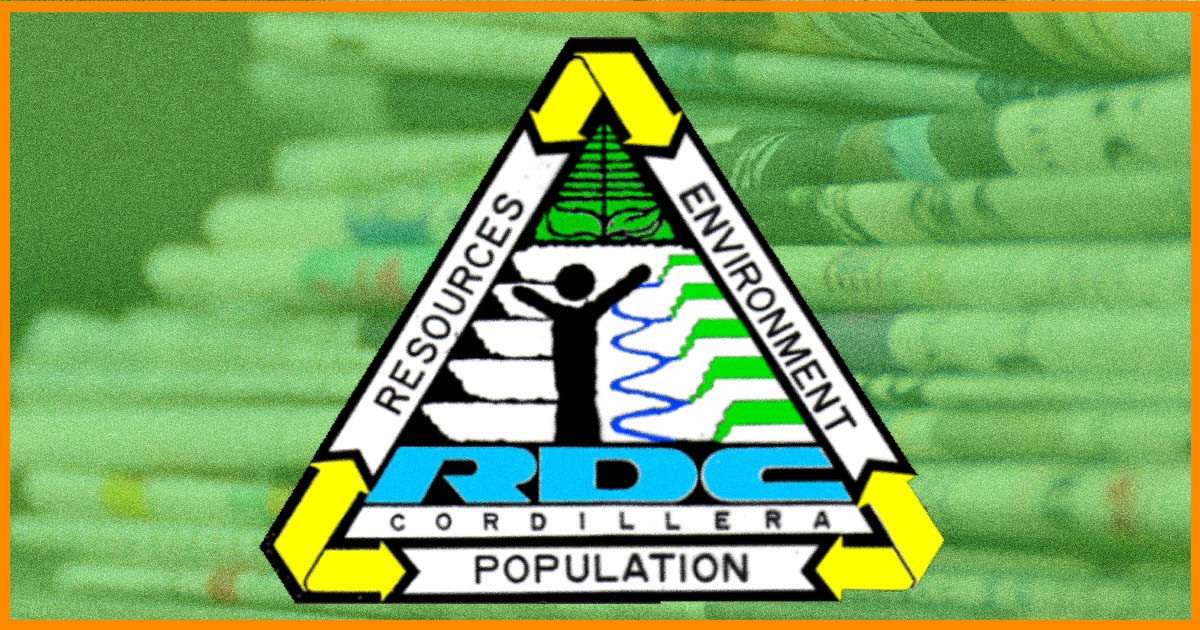Farmers will benefit more if vegetable prices being posted at the Facebook pages of the various vegetable trading posts are the prices paid by buyers for the vegetables delivered by farmers. Currently, the farmer reference prices being posted are the prices paid to farmers by disposers or vegetable consolidators. Farmers will also benefit greatly from a more real time release of price information as prices may change drastically within the day. Trading posts normally post farmer reference prices once each morning.
These recommendations were part of the discussions reached in a results validation meeting conducted for a Department of Agriculture-Bureau of Agricultural Research (DA-BAR)-funded value chain analysis research on major highland vegetables being conducted by Benguet State University. One of the aims of the study is to explain the seemingly large difference between prices received by Benguet farmers and the retail prices paid by consumers. It convened representatives of key players in the industry on December 7, 2020 at the BSU-Root Crops building as part of its validation activity. The activity was attended by leaders of some vegetable trading, packing and trucker associations, representatives of the LGUs and line agencies working for the highland vegetable industry.
According to one stakeholder, farmers will understand that there are costs for packaging, labor and other transaction costs, but their decision-making is better if they know the true prices of their products which they worked hard for one season. “Karkaro iti dagitoy sari-sari nga nateng, mamingsan ket haanen nga ammu ti farmer nu manu nga talaga ti presyo panangbayad ti buyer ta ipaw-it da laeng nateng da.” If actual transacted prices are more transparent, they will have higher bargaining power with their disposers and buyers, he explained. Another stakeholder added that there seems to be a local “mafia” for some vegetables, and so mechanisms to improve transparency in prices and final transactions in the vegetable spot markets would help better farmer decision making. Another stakeholder explained that there are many different cases and arrangements existing among disposers and farmers, and buyers and disposer depending on financing tie-ups, social relationships, farm tenure status, which affect the final price paid to farmer. The price range paid by buyers to disposers thus seem to be the best measure of reference market price for farmers.
According to one stakeholder, one problem with providing indicative buyer price is that farmers might not be aware of the costs incurred in the process of assembling and selling the vegetables, and will expect to get the full price. Another stakeholder mentioned that farmers are or can be made aware of these costs since farmers shoulder most of the packaging and labor costs anyway.
On the frequency of posting of price information, the stakeholders were also cognizant that prices at the various trading posts can change within the day depending on the volume delivered and time of arrival (supply) and the buyer orders (demand). Mechanisms to improve the provision of real-time market price information to farmers was thus identified in the meeting as an essential point of intervention. According to one stakeholder, while farmers have their own network for knowing the price of vegetables, the price advisories in the various major trading posts help in farmers’ decisions to harvest or deliver within the window allowable by his or her standing crop status. If the price earlier during the day is wildly different from the price later in the day, it may also be useful for this information to be available to farmers.
The BSU research project interviewed 700 farmers covering the major highland vegetables Chinese cabbage, carrot, potato, broccoli, garden pea and chayote. It also conducted interviews with 183 “disposers” and assemblers, 79 wholesaler-buyers, 100 terminal wholesalers, 143 retailers, 57 packers, 46 washers, 48 porters and 69 other workers in the highland vegetable trading business.
The BSU study will review its data and results based on the validation activity, and will present these results later in a wider stakeholders’ forum for dissemination. // Cheryll Casiwan Launio













